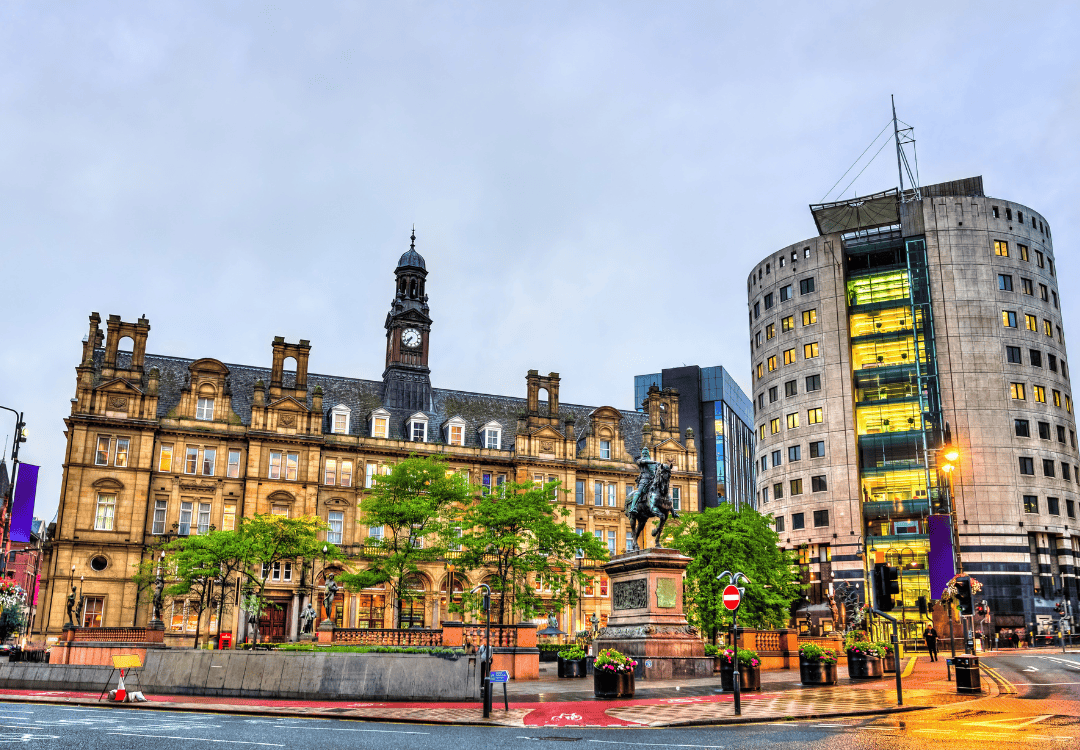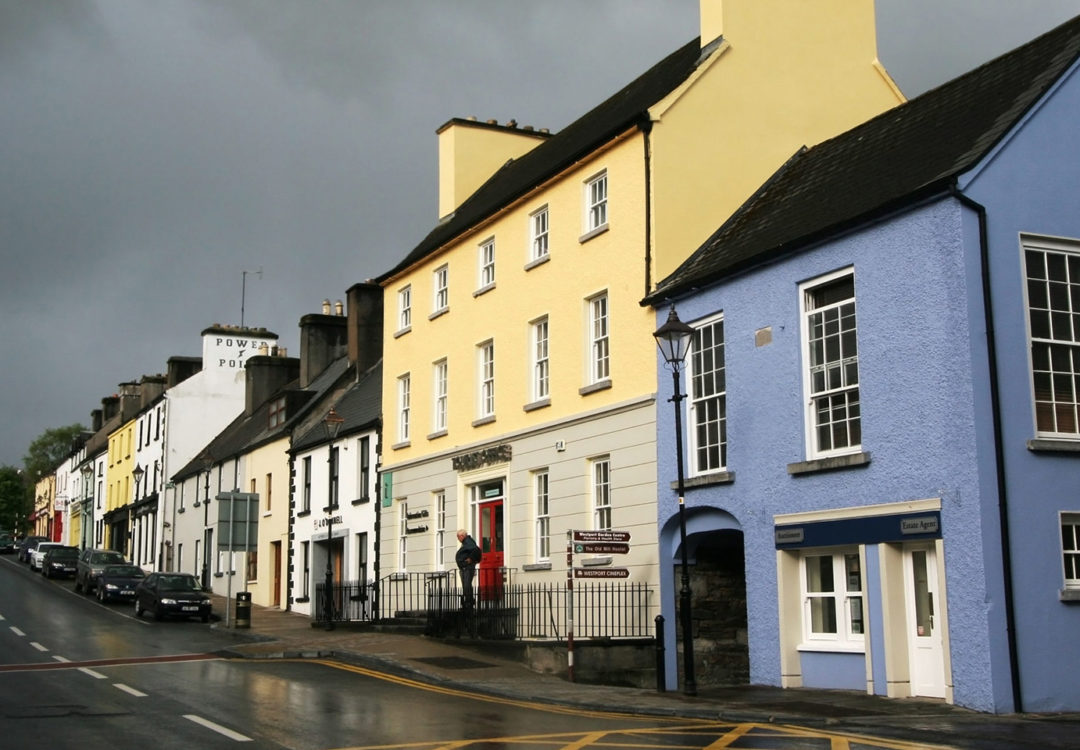News
Can the Chancellor’s so-called “Europe’s Silicon Valley” really replicate the innovative activity of its namesake?
February 2025
The Chancellor of the UK, Rachel Reeves, recently unveiled plans to deliver an Oxford-Cambridge growth corridor that promises to boost the UK economy by up to £78 billion by 2035. Declaring the UK as being at the “forefront of some of the most exciting developments in the world like artificial intelligence and life sciences”, she saw the 66 miles between Oxford and Cambridge as the “home of British innovation”, “with ingredients to replicate the success of Silicon Valley or the Boston Cluster”.
But how realistic are the Chancellor’s plans?
It’s relatively rare for the worlds of politics and Intellectual Property (IP) to collide. However, IP and, in particular, patent filings are often used as a barometer for innovation. As a rough and ready gauge of the Chancellor’s ambition, we’ve taken a look at how many artificial intelligence (AI) and life science (LS) patents have been filed by applicants in innovation hubs in Oxfordshire and Cambridgeshire and compared these numbers to those filed in the Silicon Valley and Boston Cluster.
A snapshot of our findings are summarised in the graphs below:
Data from IP Pilot; IPC codes: G06N and T
Data from IP Pilot; IPC codes: C12M, N, P, Q and R, A61K
Admittedly, these statistics are raw. Inaccuracies will arise for a variety of reasons. For example, if a patent for research carried out in e.g., Cambridge is filed in the name of a company registered elsewhere, our analysis will not have picked this up. Accordingly, the statistics must be taken with a large pinch of salt. Coupled with the differences in population between the areas compared, it’s clear that they do not provide an accurate comparison.
Nonetheless, the differences between the US and UK filing numbers are so great that it’s probably safe to say that the new growth corridor has a significant amount of catching up to do at least insofar as patenting in AI and LS is concerned. That said, the dominance of Silicon Valley and the Boston Cluster is hardly surprising as they’ve been well-funded and well-established hubs of innovation for a very long time.
Silicon Valley, for example, can trace its roots to an electrical company started in a garage by Standford alumni, William Hewlett and David Packard, in 1938[1]. Similarly, the Boston cluster can trace its roots to the late 1970s and early 80s, when Biogen and Genzyme were founded by scientists from nearby academic institutions[2]. So, in this context, the US has history on its side. Nonetheless, with the Chancellor’s promise to go “further and faster” to drive growth, the UK has the potential to improve its impact in the AI and LS fields. In any event, as we all know, numbers –particularly patent filing numbers – never tell the whole story and, as the old adage goes, quality always trumps quantity.
So what can the UK do to ensure that quality innovation boosts the economy in the manner we hope. Readers old enough to recall the VHS-Betamax[3] debate will know that it’s rarely the quality of the technology alone that will guarantee commercial success. Strategies need to be in place to ensure that technology successfully makes its journey to market. Here is where IP comes in. IP protection provides researchers with a period of exclusivity to get ahead of the competition. A 2023 study reported by the European Patent Office (EPO) found that start-ups with patents and trademarks were 10 times more successful in securing funding. The exclusivity afforded by IP protection will be attractive to investors, who will want to reap the rewards of their investment in a less competitive environment for at least a period of time. IP can also spur innovation, encouraging competitors to seek improvements and/or design-arounds to their competitor’s IP to enable them to customers a variety of technical solutions in the same space. Developing strategies to best protect innovation will be key to getting technology from the lab or “virtual” bench to market.
So if the Chancellor really wants to go “further and faster” to kick start the economy, it’s not just the much-touted transport links between Oxford and Cambridge that she needs to worry about. We need an ecosystem around the hubs of innovation to ensure that companies are supported to convert great science to tangible commercial results. Protecting intangible assets through IP will a key role in this.
This article was prepared by Hsu Min Chung (Partner, Chemistry & Materials), Craig Thomson (Partner, Life Sciences), Kerry Rees (Partner, Life Sciences) and Matt Cassie (Partner, AI)
[1] https://www.hp.com/hpinfo/abouthp/histnfacts/publications/garage/innovation.pdf
[2] https://www.economist.com/business/2016/01/16/clusterluck
[3] https://www.cgchomevideo.com/en-US/news-and-events/news/76/the-case-of-betamax-versus-vhs
































